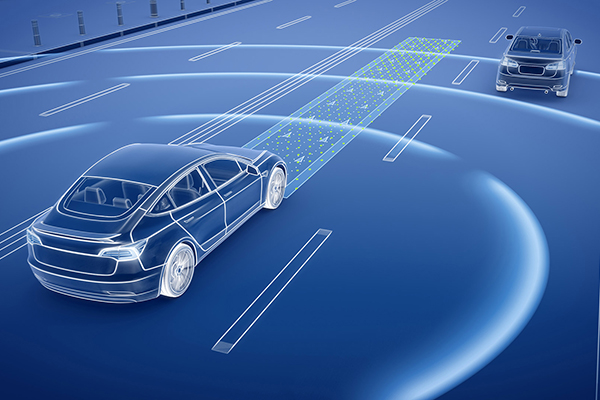The automotive industry has been witnessing multiple disruptive technology implementations over the last decade, which is expected to gain further momentum over the next few decades. If electrification and connected technologies are two of the disruptive factors shaping up the auto industry, Advanced Driver Assistance Systems (ADAS) is another major factor that has been changing the definition of automobiles and mobility at large.
India, being one of the major markets for the automobile industry is also receiving a chunky part of the Advanced Driver Assistance Systems (ADAS) technology-enabled vehicles. Almost every modern passenger vehicle, except the entry-level segment, come equipped with ADAS technologies, which are a bundle of driver assist functions driven by advanced technology including Adaptive Cruise Control, glare-free high beam and pixel light, Adaptive Light Control, automatic parking, Autonomous Valet Parking, navigation system, night vision, blind spot monitoring, Automatic Emergency Braking, crosswind stabilisation, Driver Drowsiness Detection, Driver Monitoring System etc.
Almost all vehicle accidents are caused by human errors, which can be avoided with Advanced Driver Assistance Systems (ADAS). The objective of ADAS is to prevent deaths and fatal injuries by reducing the number of road accidents and the severe impact of those that cannot be avoided otherwise.
Some of the essential safety-critical ADAS applications are – automatic emergency braking, lane departure warning, pedestrian detection system, traffic sign recognition, blind spot detection etc. These live-saving technologies are the key to making sure the success of ADAS. The ever-evolving ADAS is also incorporating the latest user interface standards and running multiple vision-based algorithms in an attempt to support real-time multimedia, vision co-processing, and sensor fusion subsystems. It can be compared with the smartphone revolution around us. This is essentially the beginning step to the realisation of much-talked-about fully autonomous vehicles.
India: A potentially excellent case study for ADAS
India can be an excellent case study for the development of ADAS technologies. The Indian automobile market is as diverse as the consumer base of the country. Consumers in India have a very wide range of variable demands when it comes to expectations from automobiles. This is a very unique trend as compared to the rest of the world in terms of consumer expectations. Another factor in India that could aid the development and growth of ADAS is the alarmingly high number of deaths due to road accidents.
India is among the top three countries with an alarmingly high number of deaths and fatal injuries taking place every year due to road accidents. The driving behaviour, road and terrain differences, consumer behaviour, and vehicle differentiation are too broad in India. An efficient implementation of ADAS can help the country to witness a significantly reduced number of road accidents and related deaths and fatal injuries as well.
However, there are formidable challenges that lie ahead of ADAS system implementation in India as well. Indian roads are way too congested, especially in the urban areas like metro cities and Tier-I or Tier-II cities as well. Narrow roads, dense vehicular population, and slow traffic movement are some of the typical characteristics of the Indian roads.
Besides that, add the bad road conditions in rural and in many urban areas as well. These are tough challenges the ADAS system implementation would face in the country. However, these can be seen as testing barriers to the technology. Gone through these challenges, the ADAS technology can become sharper and more efficient than they are now.
Current ADAS development status in India
ADAS implementation in India is still in a nascent stage, and the technology is mainly available in slightly premium or luxury vehicles, not in entry-level models. For example, MG Motor India has introduced its Astor SUV in the country with Level 2 ADAS. The Level 2 ADAS is available in Mahindra XUV700 and MG Gloster as well. This technology ensures the driver can cruise down the highway with no hands on the steering wheels and no throttle or brake input, but not for a long time.
The ADAS available in cars sold in India can allow the drivers to take benefit from this technology only on long highways, but on city roads in dense traffic conditions, it is challenging to take leverage of the system. However, if the automakers can implement the ADAS successfully in India after rigorous testing and R&D, the country can become the testbed of this advanced futuristic technology. This requires a huge investment, proper research and development from automakers along with government support through the required policy and framework.
About the author:

Mr. Arindam Lahiri, Chief Executive Officer, Automotive Skills Development Council – ASDC.

















